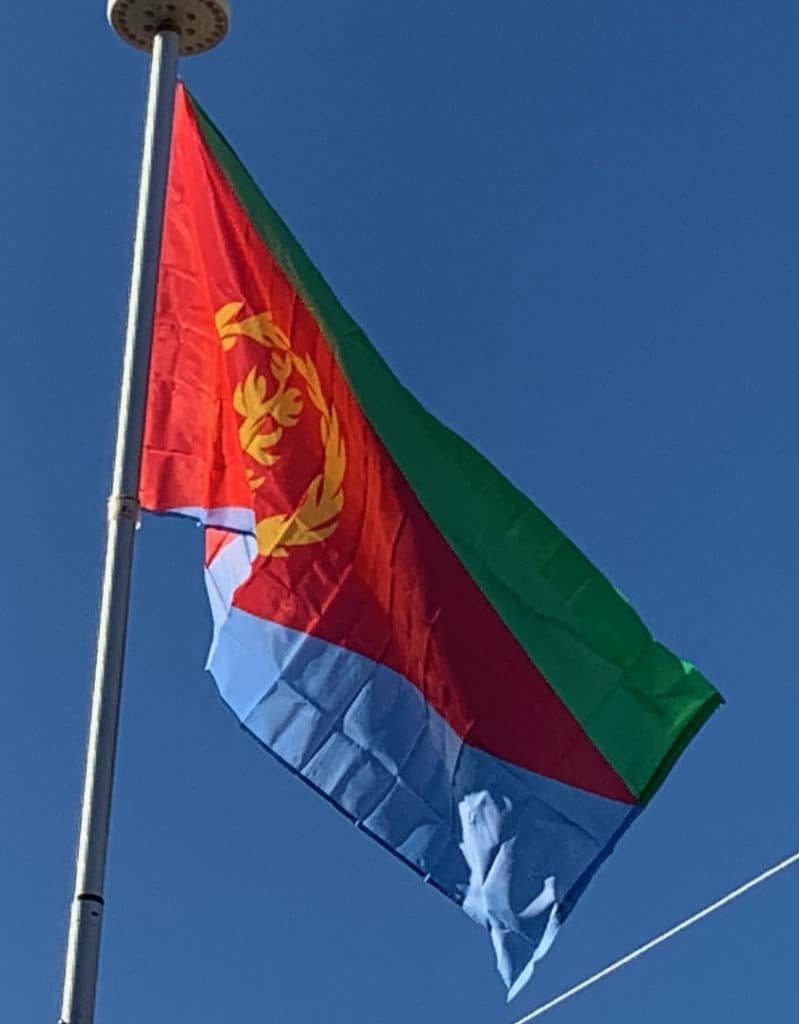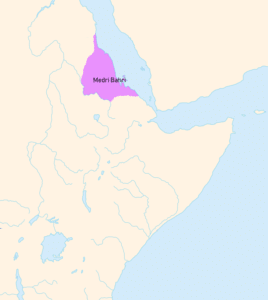
Turks briefly occupied the highland parts of Baharnagash in 1559 and withdrew after they encountered resistance and were pushed back by the Bahrnegash and highland forces. In 1578 they tried to expand into the highlands with the help of Bahr Negash Yisehaq who had switched alliances due to power struggle, and by 1589 once again they were apparently compelled to withdraw their forces to the coast. After that Ottomans abandoned their ambitions to establish themselves on the highlands and remained in the lowlands until they left the region by 1872.
The Scottish traveler James Bruce reported in 1771 that Medri Bahri was a distinct political entity from Abyssinia, noting that the two territories were frequently in conflict. The Bahre-Nagassi (“Kings of the Sea”) alternately fought with or against the Abyssinians and the neighbouring Muslim Adal Sultanate depending on the geopolitical circumstances. Medri Bahri was thus part of the Christian resistance against Imam Ahmad ibn Ibrahim al-Ghazi of Adal’s forces, but later joined the Adalite states and the Ottoman Empire front against Abyssinia in 1572. That 16th century also marked the arrival of the Ottomans, who began making inroads in the Red Sea area.
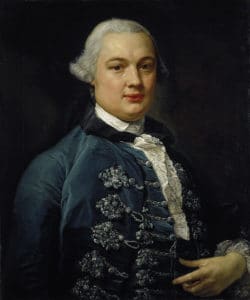
James Bruce in his book published in 1805 reported Hadawi, the seat of Baharanagash, was part of the Tigré province of Abyssinia which was ruled by Ras Mikael Sehul at the time of his travel. The officer in Hadawi watched over the Naybe of Masawa (province of Turk’s Habesh Eyalet), and starved him into obedience by intercepting his provisions, whenever the officer in Hadawi and the governor of Tigré found it necessary. Bruce also located Tigré between Red Sea and the river Tekezé and stated many large governments, such as Enderta and Antalow, and the great part of Baharhagash were on the eastern side of Tigré province.
Aussa Sultanate:
At the end of the 16th century, the Aussa Sultanate was established in the Denkel lowlands of Eritrea.
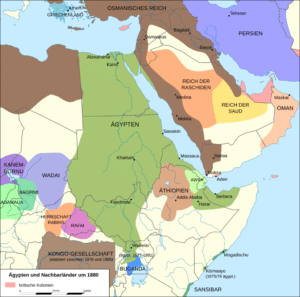
The polity had come into existence in 1577, when Muhammed Jasa moved his capital from Harar to Aussa (Asaita) with the split of the Adal Sultanate into Aussa and the Sultanate of Harar. At some point after 1672, Aussa declined in conjunction with Imam Umar Din bin Adam’s recorded ascension to the throne. In 1734, the Afar leader Kedafu, head of the Mudaito clan, seized power and established the Mudaito Dynasty. This marked the start of a new and more sophisticated polity that would last into the colonial period.
Habesh Eyalet:
By 1517, the Ottomans had succeeded in conquering Medri Bahri. They occupied all of northeastern present-day Eritrea for the next two decades, an area which stretched from Massawa to Swakin in Sudan.
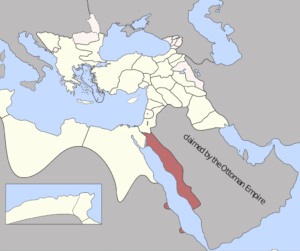
The territory became an Ottoman governorate (eyalet), known as the Habesh Eyalet. Massawa served as the new province’s first capital. When the city became of secondary economical importance, the administrative capital was soon moved across the Red Sea to Jeddah. Its headquarters remained there from the end of the 16th century to the early 19th century, with Medina temporarily serving as the capital in the 18th century.
